Our CES 2018 coverage has wrapped up, so it’s time we talk about the stuff we liked the most, the best of CES 2018. This isn’t an award show, it’s just the stuff that we think you might enjoy too. And even as CES becomes less and less a focus for Android and big smartphone releases (which happens to be our focus), there are still unique and potentially purchasable goods that come out of it. CES is still fun, even as the haters hate on it.
BEST OF CES 2018
Synaptics In-Display Fingerprint Reader
You probably saw this coming after Tim’s write-up on it, but Synaptics’ new in-display fingerprint reader is the real deal. It seems like we’ve been waiting years for someone to show this on a working phone that you may one day be able to purchase and these guys delivered through a phone from Vivo.
Why is this one of our best of CES products? Because this should be the future. Fingerprint readers shouldn’t go away, they should find themselves embedded within our technology in ways that make them less obvious, yet still as useful. Fingerprint readers will always be better than whatever facial recognition tech someone wants to market to you.
With an in-display fingerprint reader, you get phone designs without unsightly fingerprint pads dropped into places that should have never passed anyone’s test. You also get the convenience of having them on the front of the phone, which is handy for those times when your phone is sitting on a desk, covering up what could be a rear-location. An in-display unit likely frees up space internally, you know, for things like a bigger battery. It also just feels like the future. Future stuff is cool.
NVIDIA BFGD
4K. 120Hz. HDR at 1000 nits. DCI-P3 color. SHIELD built-in. What’s not to like? Well, maybe a price that we don’t know yet, but NVIDIA’s new Big Format Gaming Displays (BFGD) are nuts.
They seem wild and unnecessary. You wonder who will actually buy one, yet you’ll want one and probably do what you can to figure out how to pay their absurd prices. They also look ridiculous in action, especially when hooked up to a high-end gaming rig and when playing a title that supports HDR. These are the types of products that easily slide onto “best of” lists.
We checked out a demo of the HP-built BFGD with Destiny 2 being played and also took a look at the Acer and ASUS coming-soon models. We got to see the SHIELD integration, with a slight brag from NVIDIA about how they can fully take advantage of Android TV since they now control the display it’s built into (Ex: Android games with G-Sync). We experienced the early builds of these TVs that can’t technically be called TVs because they lack a tuner. We were pretty blown away. Yes, we want one. We can’t wait to hear more on release details from the companies NVIDIA has partnered with to make them.
Nanoleaf Remote and Light Panels
We’ve talked about Nanoleaf before and really like their Aurora lighting system. How can you not like smart lighting that oonces to music, changes colors, can be shaped into DL logos, and is controlled by voice? At CES, they showed off two products that were stupidly fun.
The first is the Nanoleaf Remote, a product that you’ll actually be able to buy soon. It’s like a giant D&D dice (it’s a dodecahedron) that changes the color and experience depending on which side you rotate it to. And it does this in the air as you hold it. Additionally, you can spin it in place to adjust brightness and you’ll feel a slight haptic feedback as that happens, while your lights magically dim or brighten. It’s nuts!
It has 12 sides that can all be programmed, along with a side that lets you turn your lights off. It runs off a AA battery that we were told should last up to two years. Of course, it’s all customized within the Nanoleaf app. It may seem like a silly accessory, but trust me, it’s just straight up cool. (Pre-order here)
Now, the other product Nanoleaf was showing off might be the real next splurge tech purchase. They showed off an early hacked-together build of their new lighting product, which so far are only referred to as Light Panels (pictured above). Instead of triangular, like the original line, these are square. They are also touch sensitive. Not even kidding here.
While I don’t have a demo to show you, we played with them for a cool 15 minutes. All it takes is a swipe across a couple of panels and they light up in a wave action. Nanoleaf’s CEO also told us that these can be expanded up to 1000 panels, unlike the current model which only supports up to 30. Again, not even kidding here.
They didn’t have a time frame for release because they want to “get it right” first. That’s fine, because we’ll be buying once they do.
Qualcomm’s Smart Audio Platform
While this news from Qualcomm wasn’t for a product you’ll buy today, the Smart Audio Platform was created so that you’ll soon have dozens and dozens of choices over smart speakers. It’s a “best of” product because Qualcomm has made it incredibly simple for your favorite manufacturer to make a speaker that’s powered by Google Assistant, Amazon’s Alexa, or Microsoft’s Cortana. It has all of the needed pieces, including a reference design, to let OEMs build it and for you to be able to buy it.
If you were still holding off from buying a smart speaker powered by your favorite assistant, you’ll soon have all the options you could ask for. LG is already making at least one (LG ThinQ with Google Assistant) that’ll be sold later this year, but you should also expect countless others.
Lenovo Smart Display
Speaking of smart speakers, one of the big Google Assistant-related announcements at this year’s CES was related to smart home speakers with a display that are powered by Google (Smart Display). Like Amazon’s Echo Show and Spot, Google Home fanatics will soon get a similar touchscreen experience in their smart speakers. Companies like LG, Sony, JBL, and Lenovo already announced their plans to make them, but Lenovo’s stuck out the most.
The Lenovo Smart Display is featured above and we like it over the others because of its set of features and design. For one, it can sit either horizontally or upright on a surface, which gives you instant flexibility over where you place it in your home. It’s also incredibly minimal and modern looking with its bamboo and white or grey finishes. Let’s also not forget that it comes in 8-inch and 10-inch display sizes, so you’ve got choice here too.
Lenovo appears to have decked it out in the specs department. You’ve got a product built on another of Qualcomm’s platforms (Home Hub Platform) with a Snapdragon 624 processor, up to 2GB RAM and 4GB storage, a full HD (1080p) display, 5MP front camera, and dual 10W speakers.
The Lenovo Smart Display should ship this summer (July) for $199.99 (8-inch model) and $249.99 (10-inch model).
Google Assistant
Look, Google Assistant isn’t new and we get that. It still had one of the best CESs of any company because Google put it into everything. Google Assistant went into cars, more headphones, more speakers, speakers with displays, more TVs, and even found integration with satellite company set top boxes. You couldn’t turn around at the CES 2018 show floor without seeing a “Hey, Google” sign from some obscure company no one had ever heard of. Google even opened a giant booth at CES to show off Assistant! It got rained out, but you get it, Assistant was everywhere.
And that’s it! Those were some of our favorites from CES 2018. What did you see that didn’t make our list?

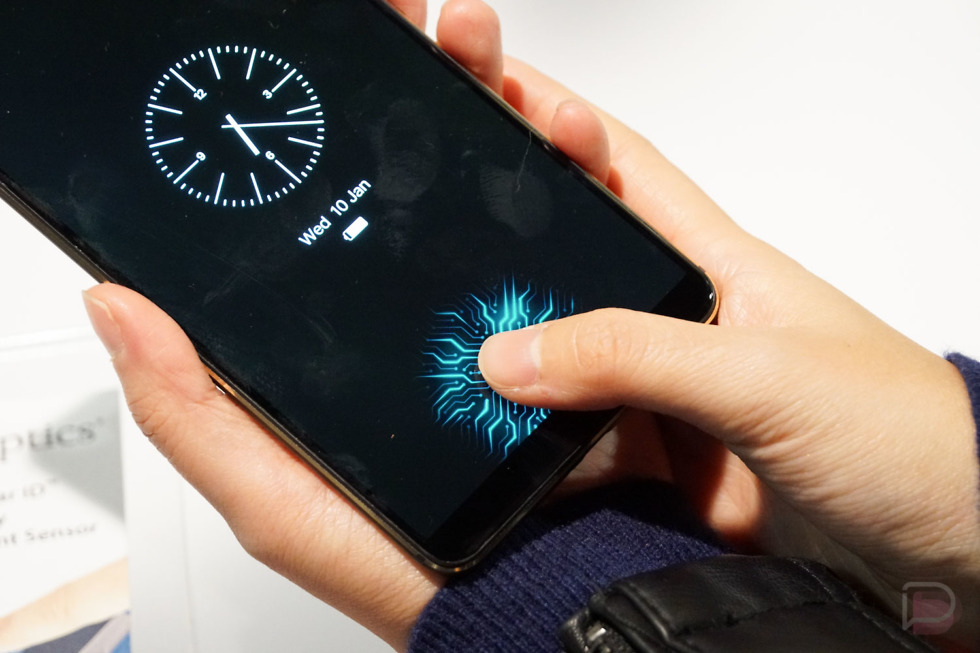
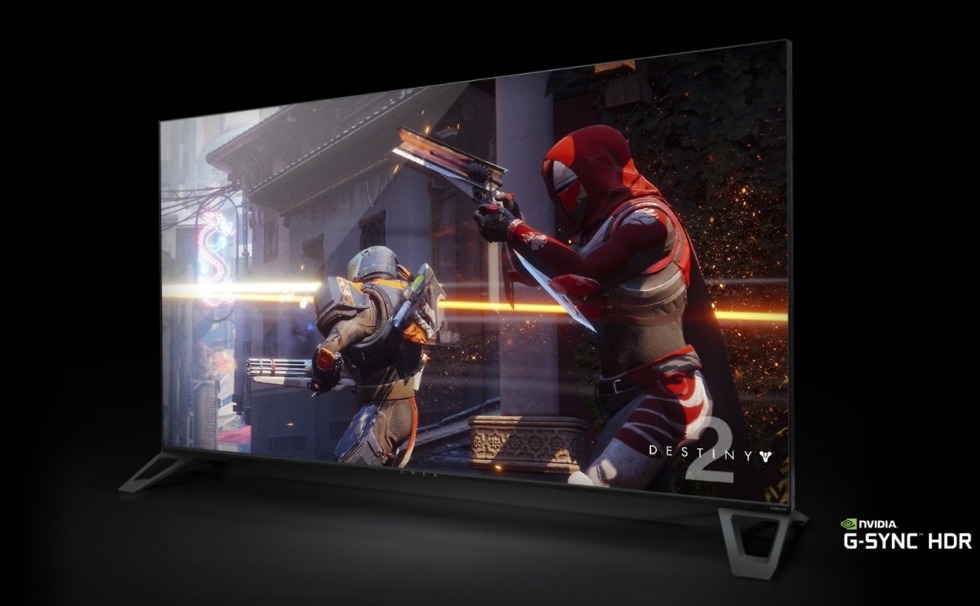
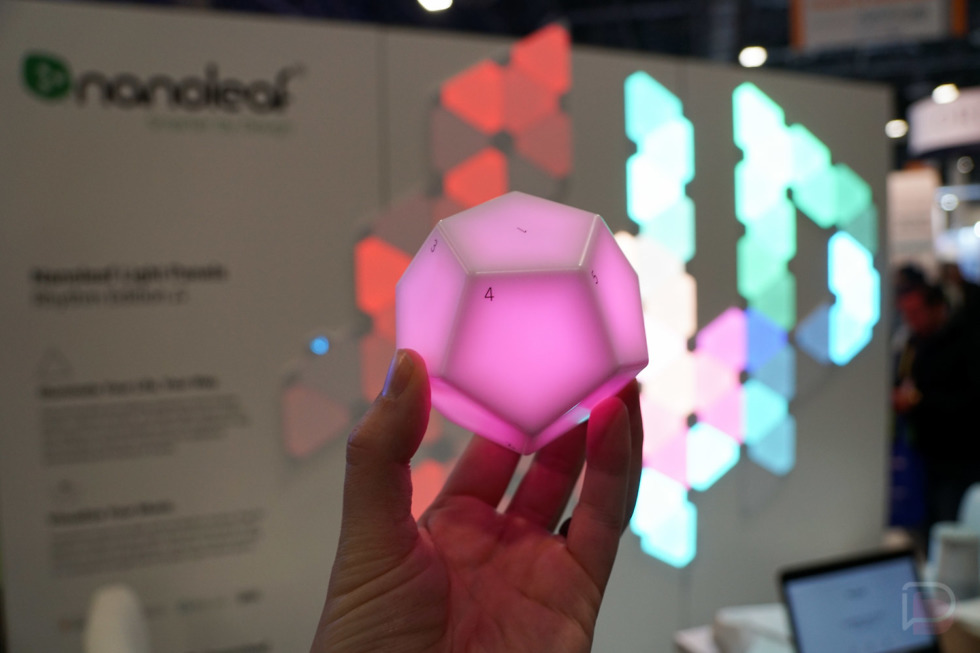
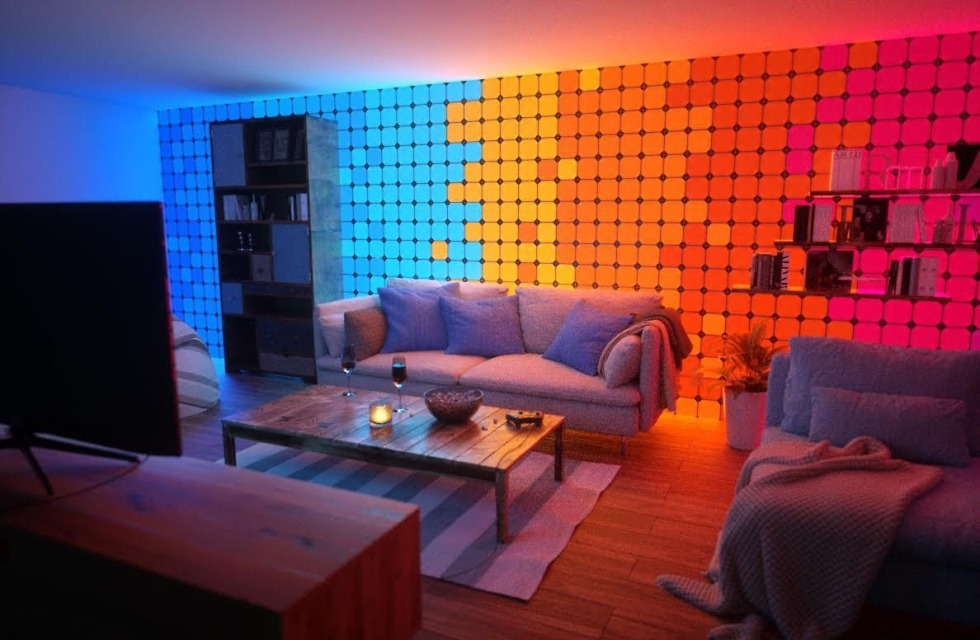
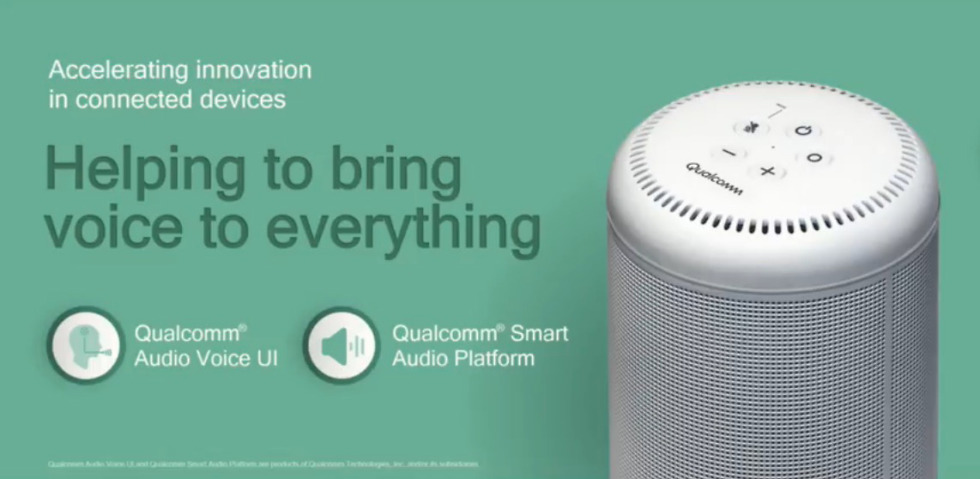
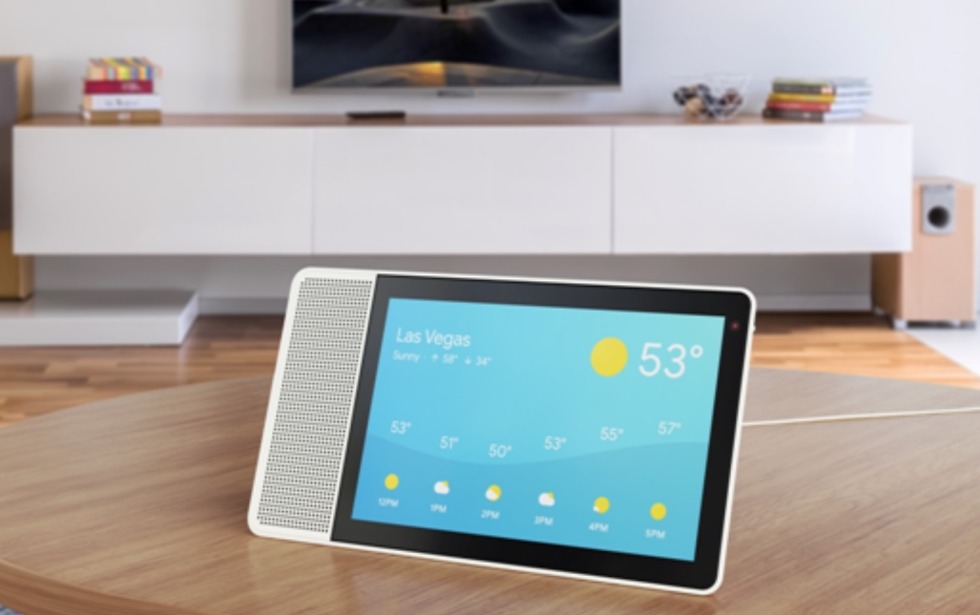
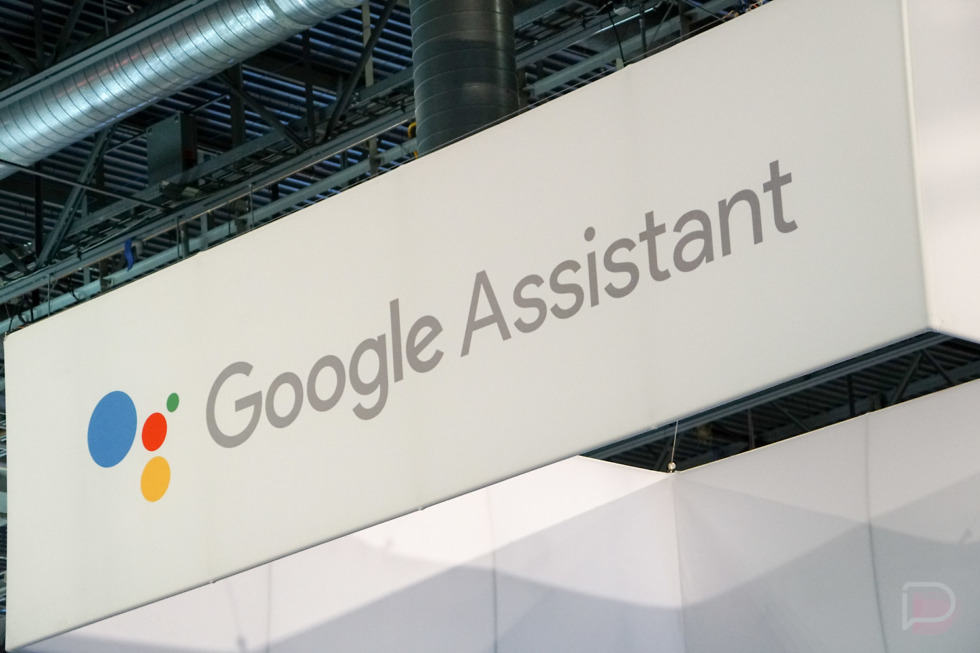
Collapse Show Comments11 Comments